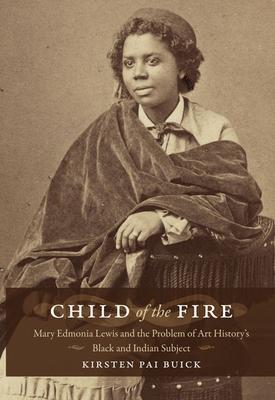Buick considers the institutions and people that supported Lewis's career-including Oberlin College, abolitionists in Boston, and American expatriates in Italy-and she explores how their agendas affected the way they perceived and described the artist. Analyzing four of Lewis's most popular sculptures, each created between 1866 and 1876, Buick discusses interpretations of Hiawatha in terms of the cultural impact of Henry Wadsworth Longfellow's epic poem The Song of Hiawatha; Forever Free and Hagar in the Wilderness in light of art historians' assumptions that artworks created by African American artists necessarily reflect African American themes; and The Death of Cleopatra in relation to broader problems of reading art as a reflection of identity.

Child of the Fire: Mary Edmonia Lewis and the Problem of Art History's Black and Indian Subject
Buick considers the institutions and people that supported Lewis's career-including Oberlin College, abolitionists in Boston, and American expatriates in Italy-and she explores how their agendas affected the way they perceived and described the artist. Analyzing four of Lewis's most popular sculptures, each created between 1866 and 1876, Buick discusses interpretations of Hiawatha in terms of the cultural impact of Henry Wadsworth Longfellow's epic poem The Song of Hiawatha; Forever Free and Hagar in the Wilderness in light of art historians' assumptions that artworks created by African American artists necessarily reflect African American themes; and The Death of Cleopatra in relation to broader problems of reading art as a reflection of identity.